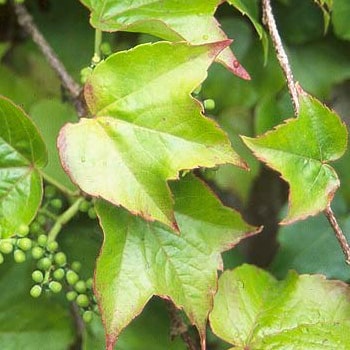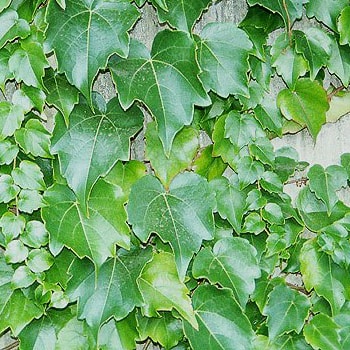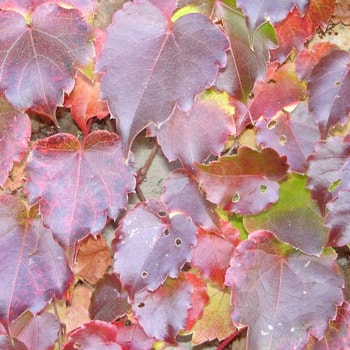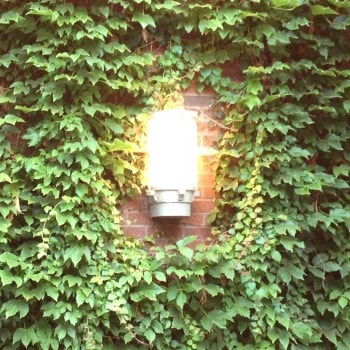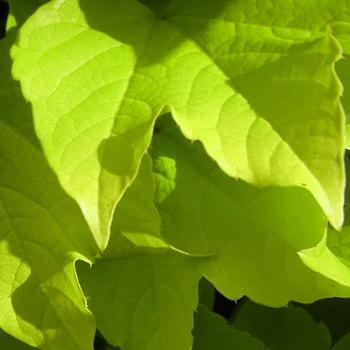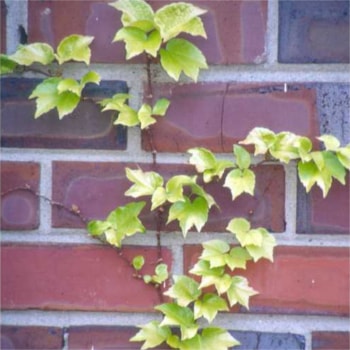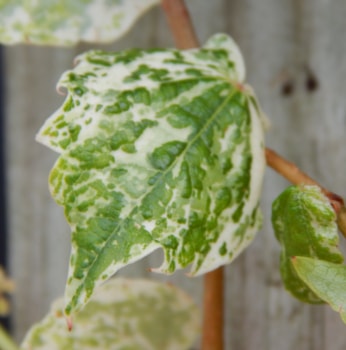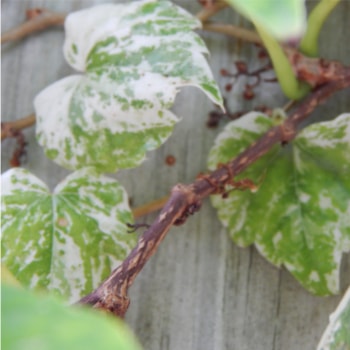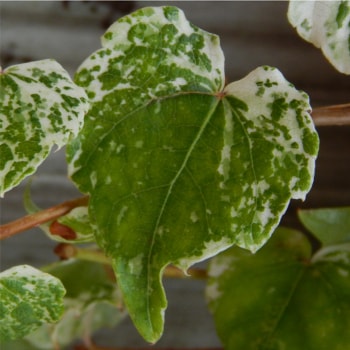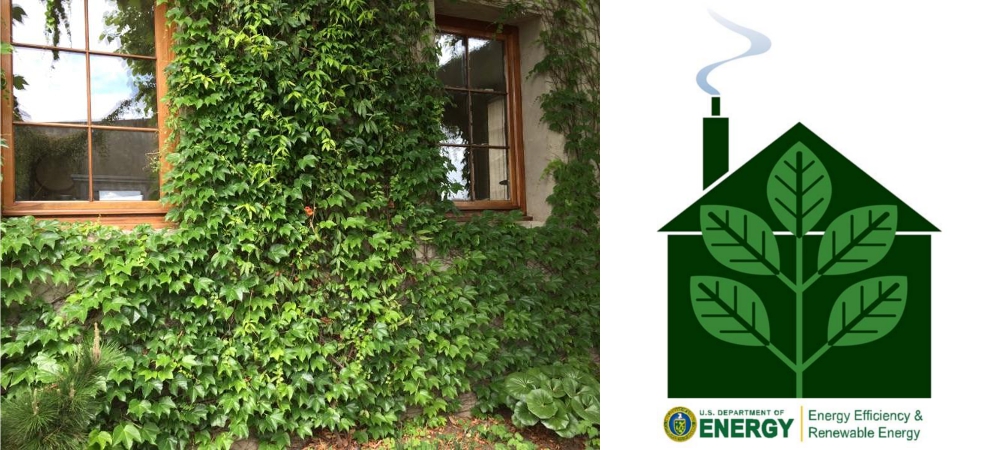According to Michael A. Dirr's Manual of Woody Landscape Plants ...
Common Name:
Cottage Ivy, Japanese Ivy, Japanese Creeper, Boston Creeper, Grape Ivy, Woodbine
Popular Varieties:
Calcazam, Fenway Park, Ginza Light(s), Green Showers, Lowii, Purpurea, Veitchii*
Family-Genus-Species:
Vitaceae Parthenocissus tricuspidata
Sun Requirements:
Partial Sun to Full Sun
Basionyms | Synonyms:
Vitis inconstans | Ampelopsis veitchii, Ampelopsis tricuspidata
Size:
30' to 50' and more; the structure upon which it climbs is the limiting factor
Leaves:
Leaves are alternate and simple, slender-stalked, broad-ovate, and 4-8" wide. They are 3-lobed with new growth being bronzish to reddish. Turning rich lustrous deep green in summer, leaves are a purple-red to crimson-red in fall. Usually Boston Ivy and Virginia Creeper are the first of all woody plants to color effectively in the autumn.
Flowers / Fruits:
Flowers are greenish white, appearing from June-July in cymes which usually form terminal panicles. Fruits are dark blue, forming in late summer and becoming obvious once leaves have fallen in late fall and winter. Grape-like berries form in bunches, each with an approximate diameter of 1/3". Each berry contains 1-3 seeds and is toxic.
Hardiness:
Zone 3a to 9b. For an idea of your plant zone please visit the USDA Plant Hardiness Zone Map.
Rate:
Fast, 6 to 10 feet and beyond in a single season. Trim as necessary. If left unattended, ivy will spread continuously.
Habit:
Deciduous vine with tendrils which have 5 to 8 branches, each ending in adhesive like tips; has the ability to literally cement itself to the wall and therefore needs no support; good on trees, will also crawl along the ground to an extent.
Soil Preference:
Will grow in moist, well-drained, loamy, sandy or clay soils. Boston Ivy will tolerate most soils.
Landscape Value:
Excellent, tough, low-maintenance cover for walls, trellises, rock piles; can be an asset if used properly; the ivy covered walls of most universities are not ivy covered but "creeper" covered; have seen the species growing on sand dunes in the company of various salt tolerant species; if other vines fail this is a good choice; cements itself to structures and does not need support; may leave a residue on buildings that is difficult to remove; can become a weed as birds "plant" the seeds with reckless abandon.
Planting Instructions:
Dig a hole about 8 to 12 inches in diameter, with a depth no deeper than the original soil line on the stem. Break up the soil to the finest consistency possible. Place plant in hole and fill, compacting the fill dirt. Water the plant heavily to seal soil around the roots and remove air pockets. Plant one plant for ever 2 linear feet. The larger the plant the faster the area will fill in.
Diseases & Insects:
Canker, downy mildew, leaf spots, powdery mildew, wilt, beetles, eight-spotted forester, leaf hoppers, scales and several other insects
Fertilization:
Enrich the soil towards the end of the winter or in autumn with a slow release fertilizer or manure. During the spring provide fertilizers rich in nitrogen and potassium.

